In today’s fast-paced business environment, companies are constantly looking for ways to cut costs and increase efficiency. One area where significant savings can be realized is in IT expenses. Many organizations are turning to managed services providers to outsource their IT needs, resulting in lower costs and improved performance.
Managed services providers offer a range of services, from network monitoring and security to data backup and recovery. By outsourcing these tasks to a third-party provider, companies can free up their internal IT staff to focus on more strategic initiatives, while also benefiting from the expertise and resources that a managed services provider can offer.
One of the key ways that outsourcing IT services can lower expenses is through cost savings on infrastructure and equipment. Managed services providers often have access to advanced technologies and tools that may be too expensive for companies to invest in on their own. By leveraging the provider’s infrastructure, companies can avoid the upfront costs of purchasing and maintaining expensive hardware and software.
In addition, outsourcing IT services can help companies reduce labor costs. Hiring and training IT staff can be a significant expense, especially for small and medium-sized businesses. By outsourcing IT tasks to a managed services provider, companies can access a team of skilled professionals without the need to hire full-time employees. This can result in significant cost savings over time.
Managed services providers also offer predictable pricing models, which can help companies better manage their IT expenses. Instead of dealing with unexpected costs for equipment upgrades or software licensing fees, companies can pay a fixed monthly fee for the services they need. This can help companies budget more effectively and avoid costly surprises down the line.
Furthermore, outsourcing IT services can help companies improve their overall efficiency and productivity. Managed services providers have the expertise and resources to quickly resolve IT issues and keep systems running smoothly. This can help companies avoid costly downtime and ensure that employees have access to the tools they need to do their jobs effectively.
Overall, outsourcing IT services to a managed services provider can result in lower IT expenses, improved performance, and greater efficiency for companies of all sizes. By leveraging the expertise and resources of a third-party provider, companies can focus on their core business activities and achieve their strategic goals without breaking the bank.
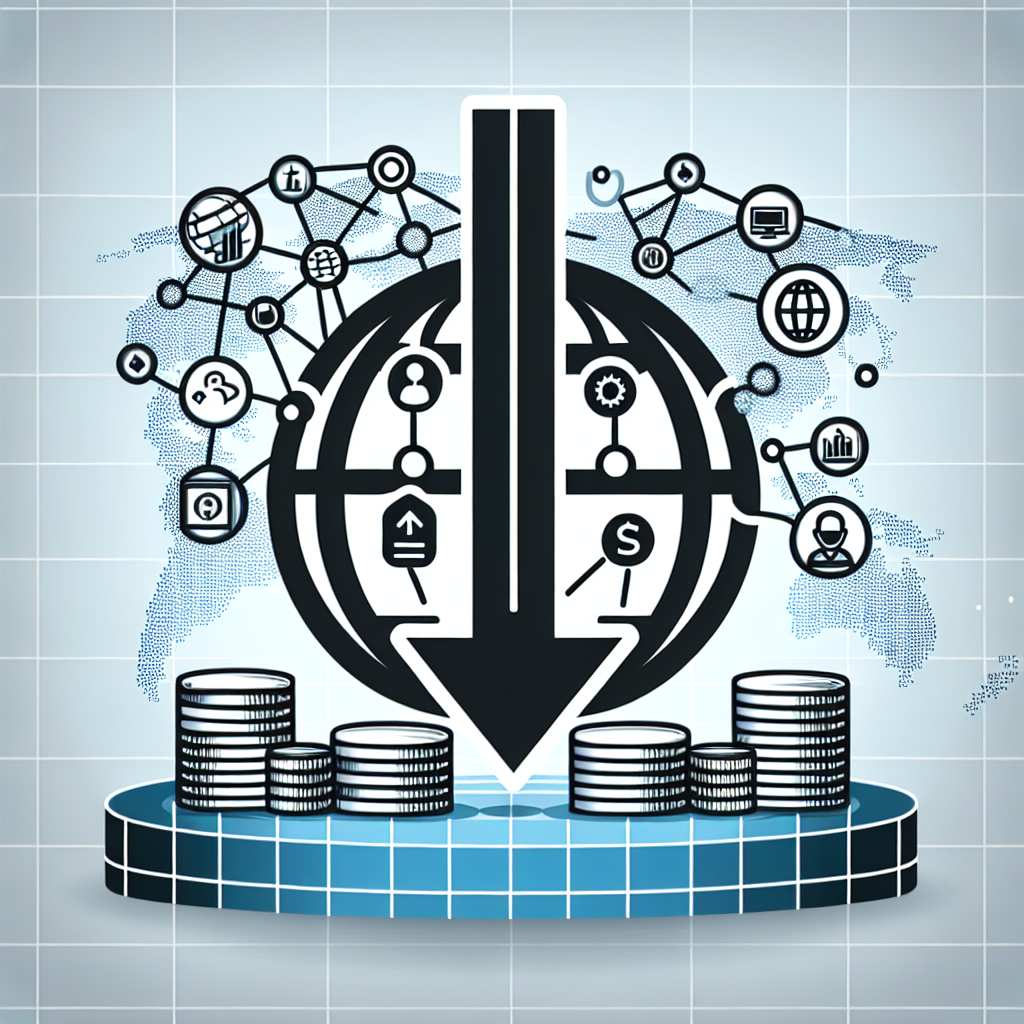


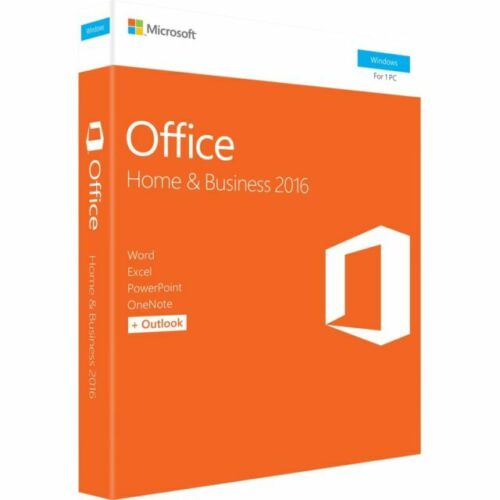


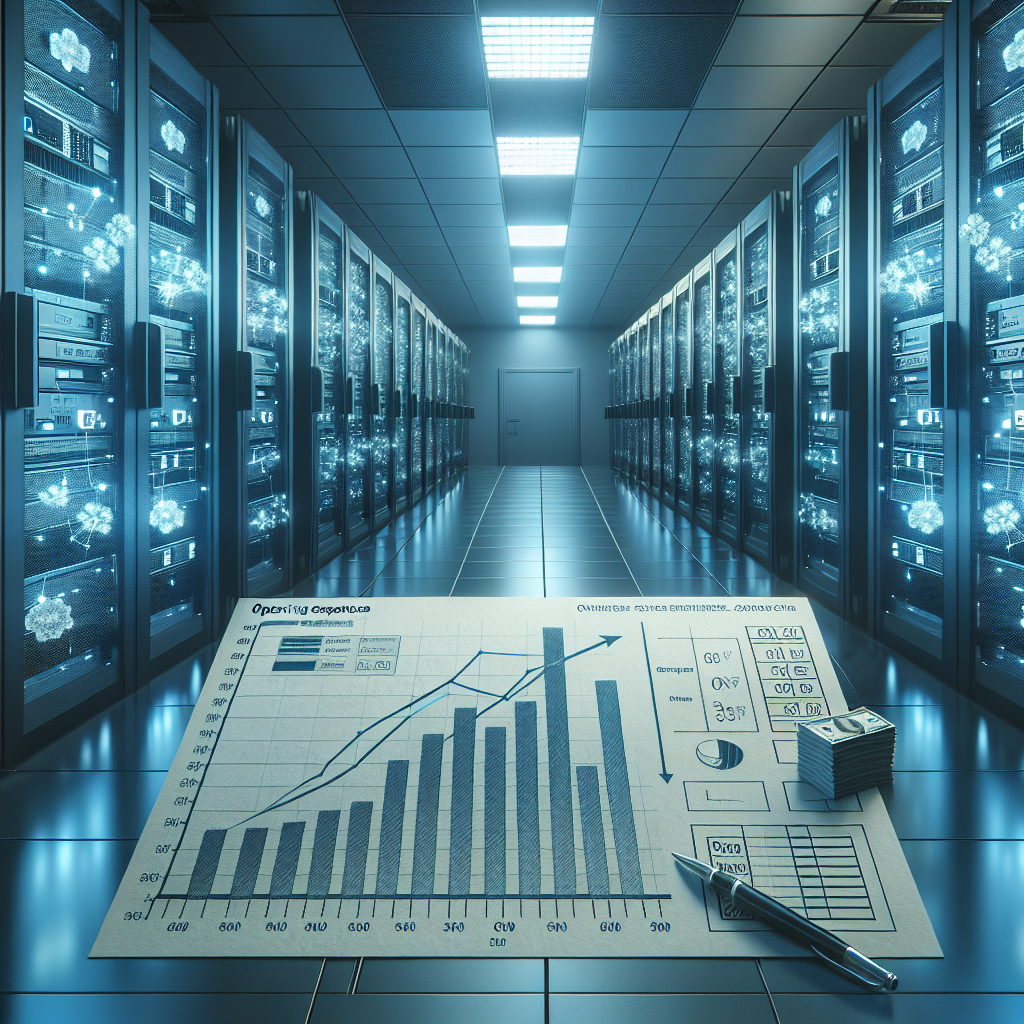

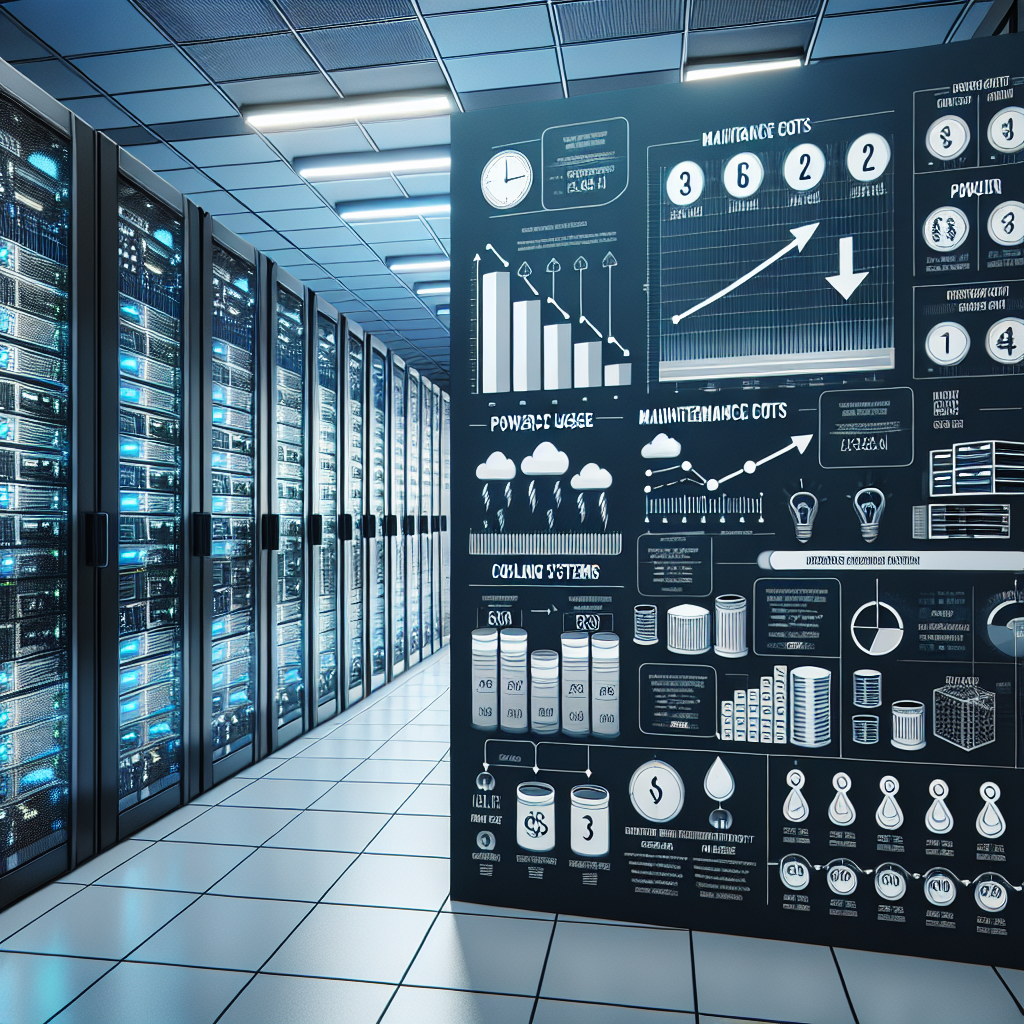
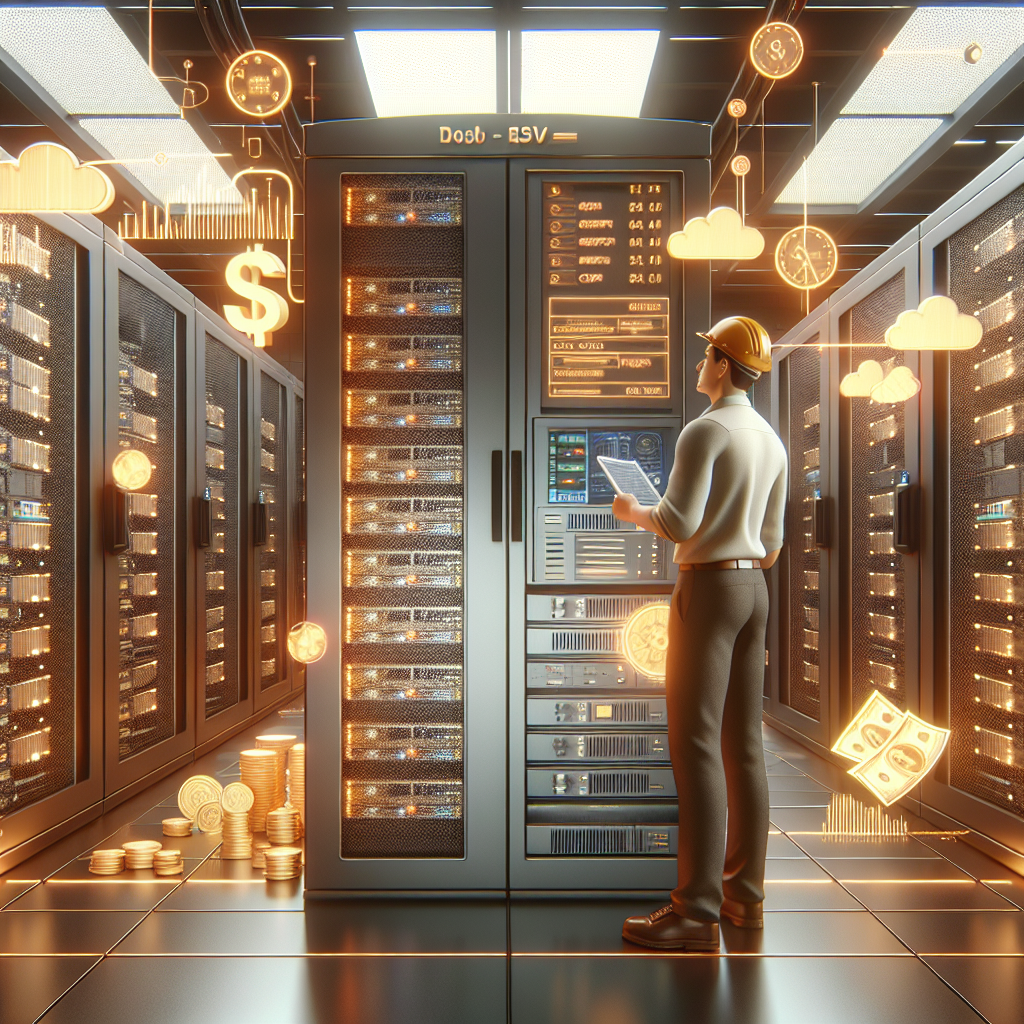
You must be logged in to post a comment.